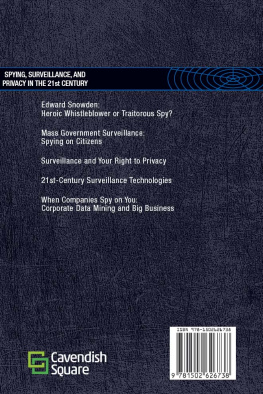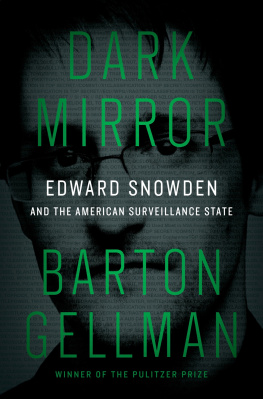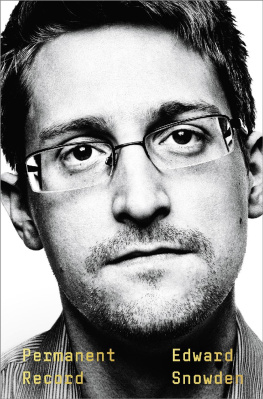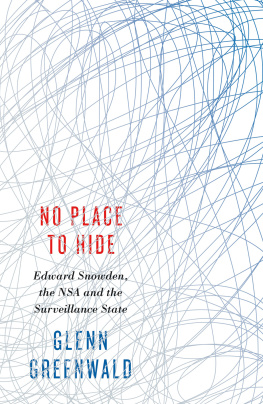Published in 2018 by Cavendish Square Publishing, LLC
243 5th Avenue, Suite 136, New York, NY 10016
Copyright 2018 by Cavendish Square Publishing, LLC
First Edition
No part of this publication may be reproduced, stored in a retrieval system, or transmitted in any form or by any meanselectronic, mechanical, photocopying, recording, or otherwisewithout the prior permission of the copyright owner. Request for permission should be addressed to Permissions, Cavendish Square Publishing, 243 5th Avenue, Suite 136, New York, NY 10016. Tel (877) 980-4450; fax (877) 980-4454.
Website: cavendishsq.com
This publication represents the opinions and views of the author based on his or her personal experience, knowledge, and research. The information in this book serves as a general guide only. The author and publisher have used their best efforts in preparing this book and disclaim liability rising directly or indirectly from the use and application of this book.
CPSIA Compliance Information: Batch #CS17CSQ
All websites were available and accurate when this book was sent to press.
Library of Congress Cataloging-in-Publication Data
Names: Boehme, Gerry.
Title: Edward Snowden / Gerry Boehme.
Description: New York : Cavendish Square, 2018. | Series: Spying, surveillance, and privacy in the 21st-century | Includes index.
Identifiers: ISBN 9781502626738 (library bound) | ISBN 9781502626684 (ebook)
Subjects: LCSH: Snowden, Edward J., 1983- | United States. National Security Agency/Central Security Service. | Leaks (Disclosure of information)--United States. | Domestic intelligence--United States.
Classification: LCC JF1525.W45 B64 2018 | DDC 327.1273--dc23
Editorial Director: David McNamara
Editor: Fletcher Doyle
Copy Editor: Nathan Heidelberger
Associate Art Director: Amy Greenan
Designer: Stephanie Flecha
Production Coordinator: Karol Szymczuk
Photo Research: J8 Media
The photographs in this book are used by permission and through the courtesy of:
Cover, Barton Gellman/Getty Images; p. Spencer Platt/Getty Images.
Printed in the United States of America
Contents
Lifting the Veil of Secrecy
Compelled to Act
Criticisms and Accusations
Privacy, Security, and Fears of Big Brother
Edward Snowden Timeline
Glossary
Further Information
Bibliography
Index
About the Author
Edward Snowden created a firestorm when he revealed details about secret US surveillance programs.
CHAPTER 1
Lifting the Veil of Secrecy
O n June 5, 2013, a British newspaper, the Guardian, published the first in a series of articles that shocked the world. Using classified documents stolen from inside the deepest levels of the US government, author Glenn Greenwald revealed details about secret electronic espionage activities conducted by the National Security Agency ( NSA ) that had been hidden even from the top levels of American leadership. The documents revealed a vast and complex system of domestic and international surveillance , including the secret collection of telephone and internet communications from people all over the globe.
The NSA surveillance programs spied on US citizens and noncitizens alike and included everyone from ordinary people to the highest government officials. Everything was fair gametelephone conversations, texts, email messages, web browsing, and live streams from laptop and mobile phone cameras. The evidence proved that the NSA had either been given access to or had hacked into the internal records of many of the worlds largest telecommunications companies and even the private mobile phone conversations of international leaders.
The world learned of US electronic spying when the Guardian printed articles based on Snowdens files.
Over the next few days, additional articles appeared in the Guardian as well as other publications, including the Washington Post and the New York Times. Incredibly, all the secret documents and files came from a single, anonymous whistleblower , a person who had worked in security for the US government and obviously had access to the deepest levels of highly sensitive data. Just four days later, on June 9, the source revealed his identity to the world.
Meet Edward Snowden
Edward Snowden, a mild-mannered twenty-nine-year-old contractor who worked for the NSA, had just become one of the most famous and controversial figures in recent history. As a systems administrator responsible for maintaining and repairing networks, Snowden managed to access a broad range of classified NSA programs and files. For reasons he would soon explain, Snowden decided to collect, steal, and release thousands of top-secret documents that cast a bright light on the NSAs most hidden surveillance practices.
Who exactly was this Edward Snowden? And what motivated him to secretly gather and then release tremendously sensitive material that pulled back the curtain on the innermost workings of United Statess national security operations?
Edward Snowden was born June 21, 1983, in Elizabeth City, North Carolina. Both of his parents worked for the government, and his older sister later joined them. Snowdens father, Lonnie, served as an officer in the Coast Guard; his mother, Wendy, clerked for a federal court; his sister, Jessica, worked in research for the Federal Judicial Center. When Edward was young, the family moved to Crofton, Maryland, a suburb of Washington, DC, an area where many people work for the US government. Edward thought he would as well.
People who knew Snowden as a child describe him as nice, shy, quiet, and thin. He joined the boy scouts and is remembered as a computer nerd. When his parents divorced after he left high school, Snowden went to live with his mother in a small condo while his father moved to Allentown, Pennsylvania.
Many details of Snowdens life are sketchy at best. He is reported to be a high school dropout but also a brilliant student. According to some reports, he contracted mononucleosis in tenth grade and missed most of the year. Rather than starting over to make up the time, Snowden took an exam to get his high school diploma and then entered Anne Arundel Community College at the age of sixteen. The college offered courses in cyberspace security for people who were interested in working for the NSA. While Snowden did not take those classes, he knew many students who did.
During that time, Snowden showed strong interest in technology, computer games, social media, online chat rooms, and fantasy comics. He especially liked manga , a kind of Japanese comic, and video games that featured fighting and demonstrated a clear sense of right and wrong. He and some friends eventually moved into an apartment in Maryland near Fort Meade, home of the NSA.
When the United States invaded Iraq in 2003, Snowden decided to enlist in the US Army, hoping to join the elite special forces. He was motivated in part by traditional patriotism and support for the government, but he also wanted to help free the people of Iraq from Saddam Husseins dictatorship. Snowden quickly became disenchanted with the US military, however, later saying that he heard more talk about killing than about helping the Iraqi people.


















